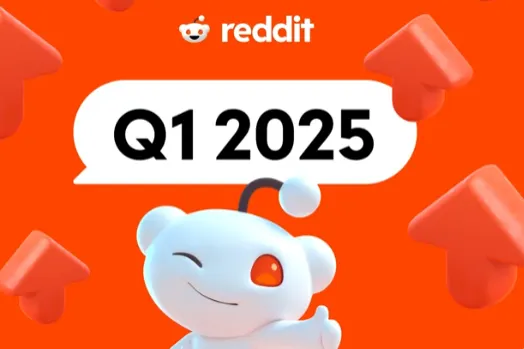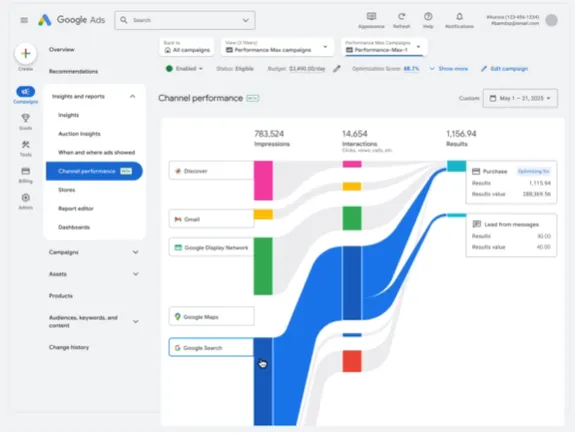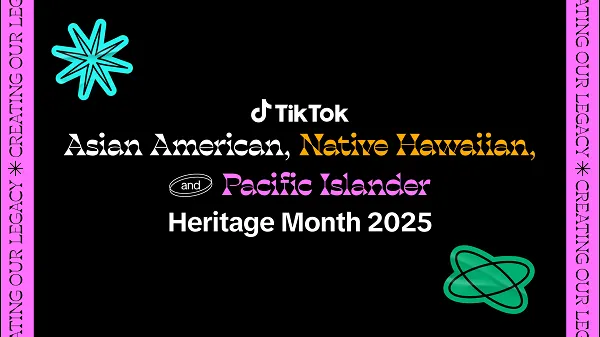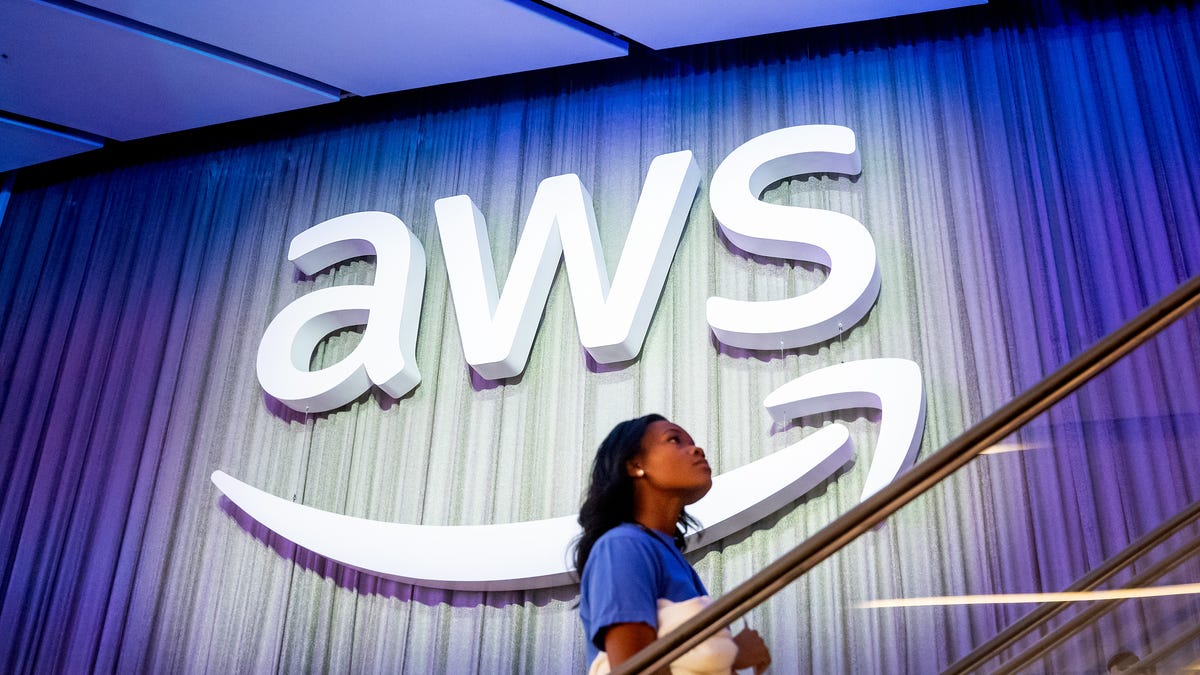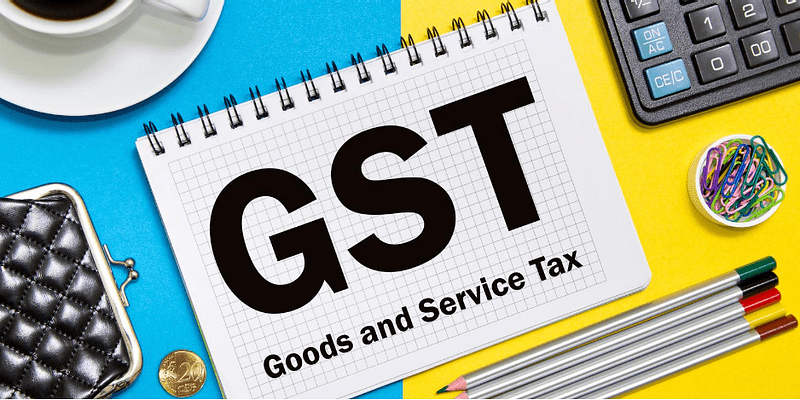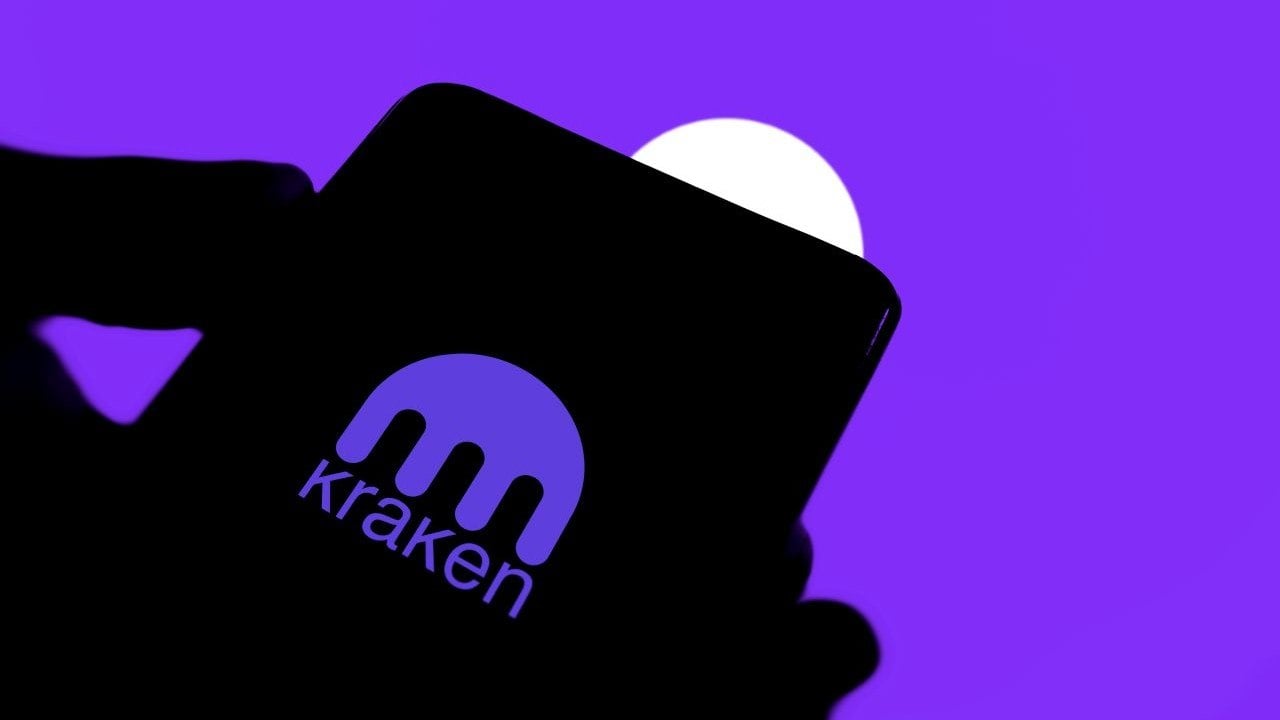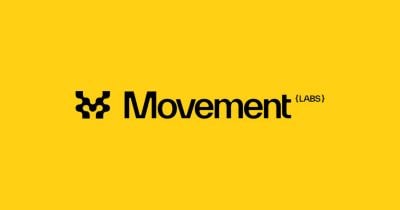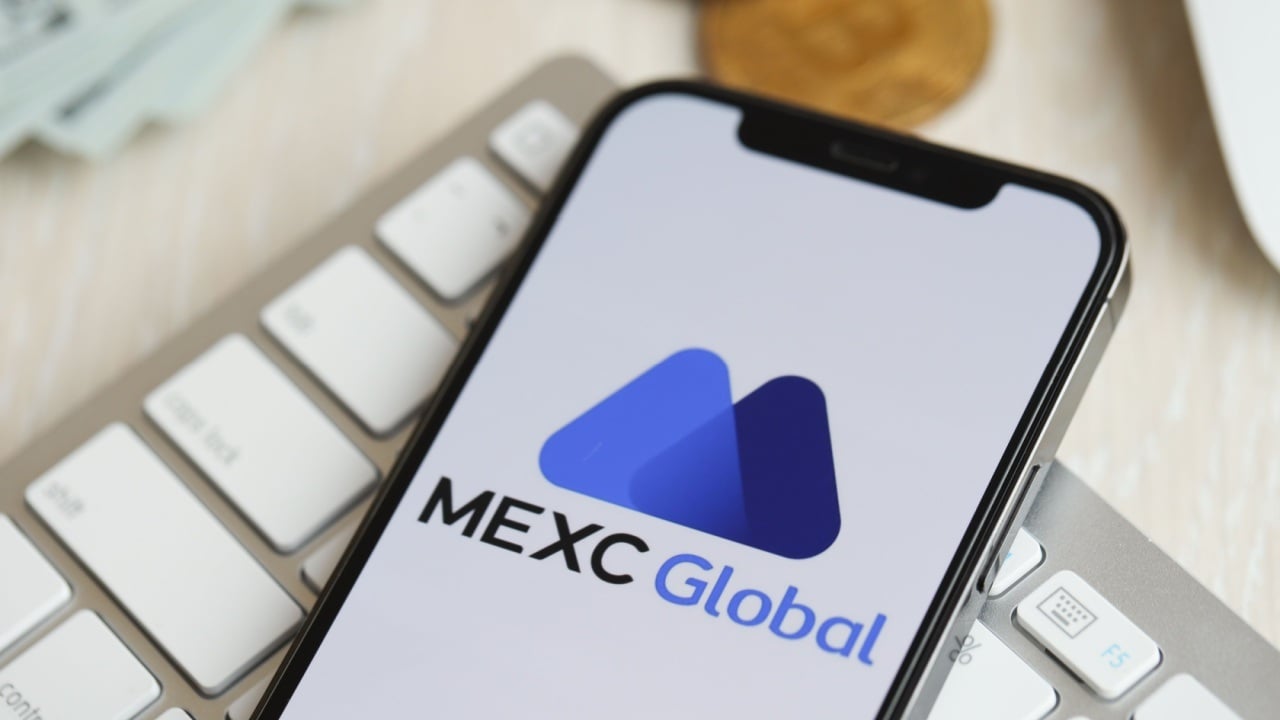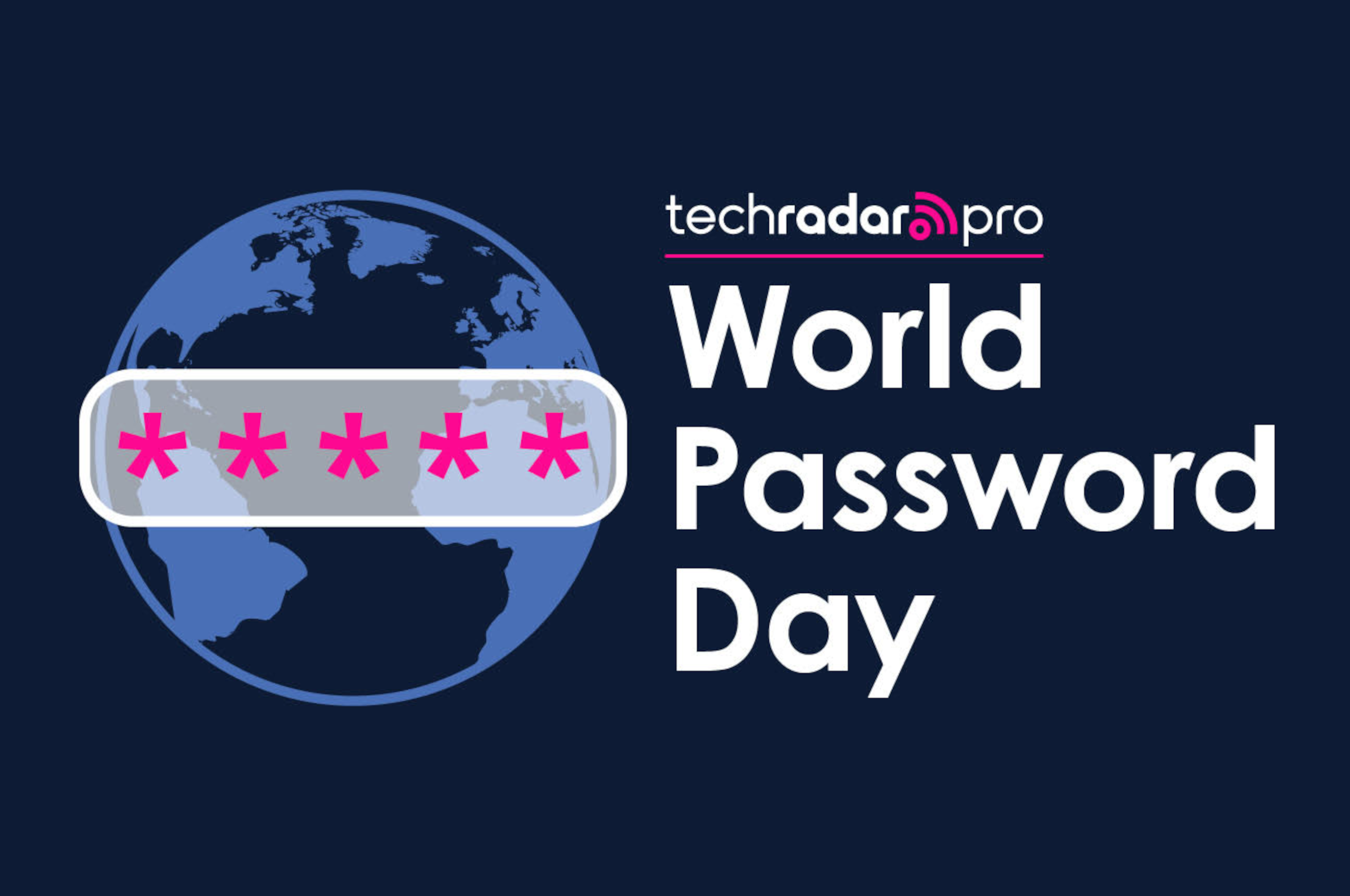The art of taking feedback
The Fast Company Impact Council is an invitation-only membership community of leaders, experts, executives, and entrepreneurs who share their insights with our audience. Members pay annual dues for access to peer learning, thought leadership opportunities, events and more. This year, I launched my first direct-to-consumer product: Scribbly, an AI-powered children’s book company that puts your kid right into the story. Until now, I’ve mostly built apps for businesses, and collecting user feedback for those projects has been straightforward and structured. The D2C world is different. Read the Google reviews of any hotel or restaurant, and you’ll get a feel for how random feedback can be. As a creator or founder, even the slightest critique can feel like a knife when aimed at something you’ve labored over so intensely. Taking the right perspective on feedback is half the battle. Here are a few golden rules to keep in mind. 1. All feedback is a gift. As an app developer, I conduct plenty of user testing during the design phase of our products. But it’s never quite the same as your product fully being out in the wild, playing a part in your users’ lives. Think about how often you’re asked for feedback. You go to a restaurant, then you get a text asking how the service was. You get your bike repaired, the store owner asks you to rate them on Google. You buy a new laptop, and an email hits your inbox asking how you’re liking it. Organizations go to great lengths to get a sense of how their customers feel and what they think about the product or service. Any time you can hear straight from the source, it’s a gift—a gift that helps you ask questions that matter in the next iteration of your business. An example: In the first iteration of Scribbly’s ordering user experience, I generated a preview of the customer’s book cover. A prospective customer sent me a note that she wasn’t sure the illustrated likeness of her niece was good enough. This was someone I knew, and she sent me a text about it. I was grateful; some people won’t tell you stuff like this, especially if they’re your friend and want to be supportive. I sent her a preview of the full book with its other illustrations of her niece expressively moving through the jungle adventure. Seeing all of it together, she changed her mind. What I learned is that the cover wasn’t enough. I needed to show the whole book. This is an expensive thing to do for every prospect, but I knew then that it needed to be done. I changed the ordering process because of this, and conversion skyrocketed. 2. Maybe it’s them. Maybe it’s you. It’s probably still valuable. My children never knew their grandfather, my dad, who occupied such a huge place in my life and childhood. So I had the idea of creating a Scribbly book about him and his life that I could share with my kids. I wanted to tell them about how he grew up on a farm with nine siblings, a lot of sweet corn, and a legendary pickle picker; how funny he always was, and how talented, too. All of this in a vibrantly illustrated bedtime story, hardbound with sewn binding and a premium, soft-touch matte cover. I would write the story and use AI for the imagery, since that’s what Scribbly does. One family member took great offense to the entire idea. They suggested that making something with AI bearing the image and life of someone who has passed amounted to, more or less, sacrilege. Getting harsh feedback from someone so close to me, it stung. Still, I held it up to the light. Should I be doing this? Is there a better way to do it that addresses these concerns? I ended up keeping my concept, but changing its structure, integrating more real photos alongside the illustrations. I like it a lot better now. 3. Don’t be precious. I can use honest feedback. I could’ve used more of it my whole life. Nice people won’t always tell us the truth, so it often comes from someone…less nice. But you can’t let the messenger get in the way of the learning. There’s usually something there—something real, something useful, something you wouldn’t have seen on your own. Over time, I’ve learned to take feedback objectively, not personally. As a young professional, that wasn’t easy. I wasn’t confident enough, so I was tender. Precious. Everything stung, because I feared it might be true. Deflecting was how I coped with how exposed I felt. If you feel that way too, consider another way. Ask yourself: Is there something here for me? What signal is this giving me that could help me improve? I think about how much energy we spend defending ourselves. Arguing. Posturing. Pretending. And for what? If you think you’re perfect, you’ll never grow. For me, I want to keep making things—and making them better. That means staying open. Staying curious. Staying humble, even when it’s uncomfortable. Feedback isn’t always easy. But it’s how we get sh

The Fast Company Impact Council is an invitation-only membership community of leaders, experts, executives, and entrepreneurs who share their insights with our audience. Members pay annual dues for access to peer learning, thought leadership opportunities, events and more.
This year, I launched my first direct-to-consumer product: Scribbly, an AI-powered children’s book company that puts your kid right into the story. Until now, I’ve mostly built apps for businesses, and collecting user feedback for those projects has been straightforward and structured.
The D2C world is different. Read the Google reviews of any hotel or restaurant, and you’ll get a feel for how random feedback can be. As a creator or founder, even the slightest critique can feel like a knife when aimed at something you’ve labored over so intensely.
Taking the right perspective on feedback is half the battle. Here are a few golden rules to keep in mind.
1. All feedback is a gift.
As an app developer, I conduct plenty of user testing during the design phase of our products. But it’s never quite the same as your product fully being out in the wild, playing a part in your users’ lives.
Think about how often you’re asked for feedback. You go to a restaurant, then you get a text asking how the service was. You get your bike repaired, the store owner asks you to rate them on Google. You buy a new laptop, and an email hits your inbox asking how you’re liking it.
Organizations go to great lengths to get a sense of how their customers feel and what they think about the product or service. Any time you can hear straight from the source, it’s a gift—a gift that helps you ask questions that matter in the next iteration of your business.
An example: In the first iteration of Scribbly’s ordering user experience, I generated a preview of the customer’s book cover. A prospective customer sent me a note that she wasn’t sure the illustrated likeness of her niece was good enough.
This was someone I knew, and she sent me a text about it. I was grateful; some people won’t tell you stuff like this, especially if they’re your friend and want to be supportive. I sent her a preview of the full book with its other illustrations of her niece expressively moving through the jungle adventure. Seeing all of it together, she changed her mind.
What I learned is that the cover wasn’t enough. I needed to show the whole book.
This is an expensive thing to do for every prospect, but I knew then that it needed to be done. I changed the ordering process because of this, and conversion skyrocketed.
2. Maybe it’s them. Maybe it’s you. It’s probably still valuable.
My children never knew their grandfather, my dad, who occupied such a huge place in my life and childhood. So I had the idea of creating a Scribbly book about him and his life that I could share with my kids. I wanted to tell them about how he grew up on a farm with nine siblings, a lot of sweet corn, and a legendary pickle picker; how funny he always was, and how talented, too. All of this in a vibrantly illustrated bedtime story, hardbound with sewn binding and a premium, soft-touch matte cover. I would write the story and use AI for the imagery, since that’s what Scribbly does.
One family member took great offense to the entire idea. They suggested that making something with AI bearing the image and life of someone who has passed amounted to, more or less, sacrilege.
Getting harsh feedback from someone so close to me, it stung. Still, I held it up to the light.
Should I be doing this? Is there a better way to do it that addresses these concerns? I ended up keeping my concept, but changing its structure, integrating more real photos alongside the illustrations.
I like it a lot better now.
3. Don’t be precious.
I can use honest feedback. I could’ve used more of it my whole life.
Nice people won’t always tell us the truth, so it often comes from someone…less nice. But you can’t let the messenger get in the way of the learning. There’s usually something there—something real, something useful, something you wouldn’t have seen on your own.
Over time, I’ve learned to take feedback objectively, not personally. As a young professional, that wasn’t easy. I wasn’t confident enough, so I was tender. Precious. Everything stung, because I feared it might be true. Deflecting was how I coped with how exposed I felt.
If you feel that way too, consider another way.
Ask yourself: Is there something here for me? What signal is this giving me that could help me improve?
I think about how much energy we spend defending ourselves. Arguing. Posturing. Pretending. And for what? If you think you’re perfect, you’ll never grow.
For me, I want to keep making things—and making them better. That means staying open. Staying curious. Staying humble, even when it’s uncomfortable.
Feedback isn’t always easy. But it’s how we get sharper. Smarter. Stronger.
It’s not a threat to who we are. It’s a path to who we could be.
Lindsey Witmer Collins is the founder of WLCM App Studio.




